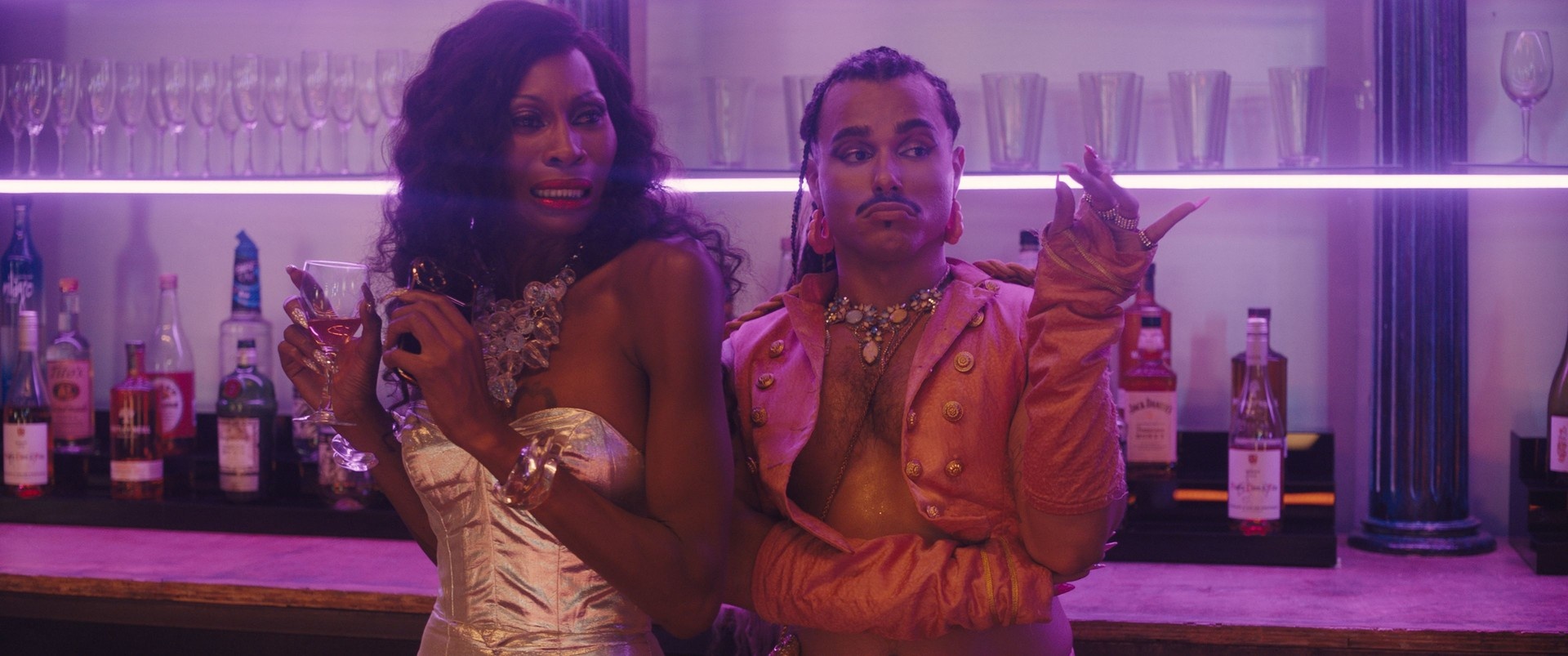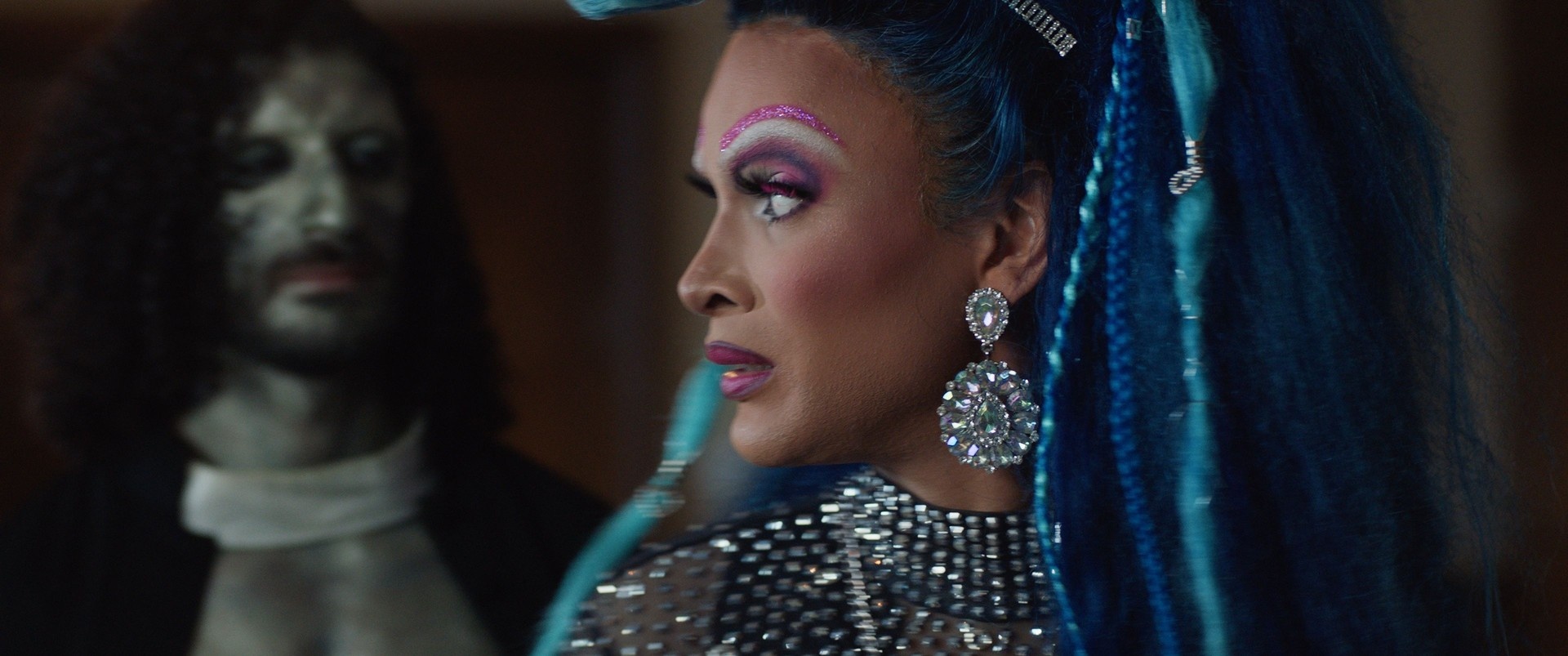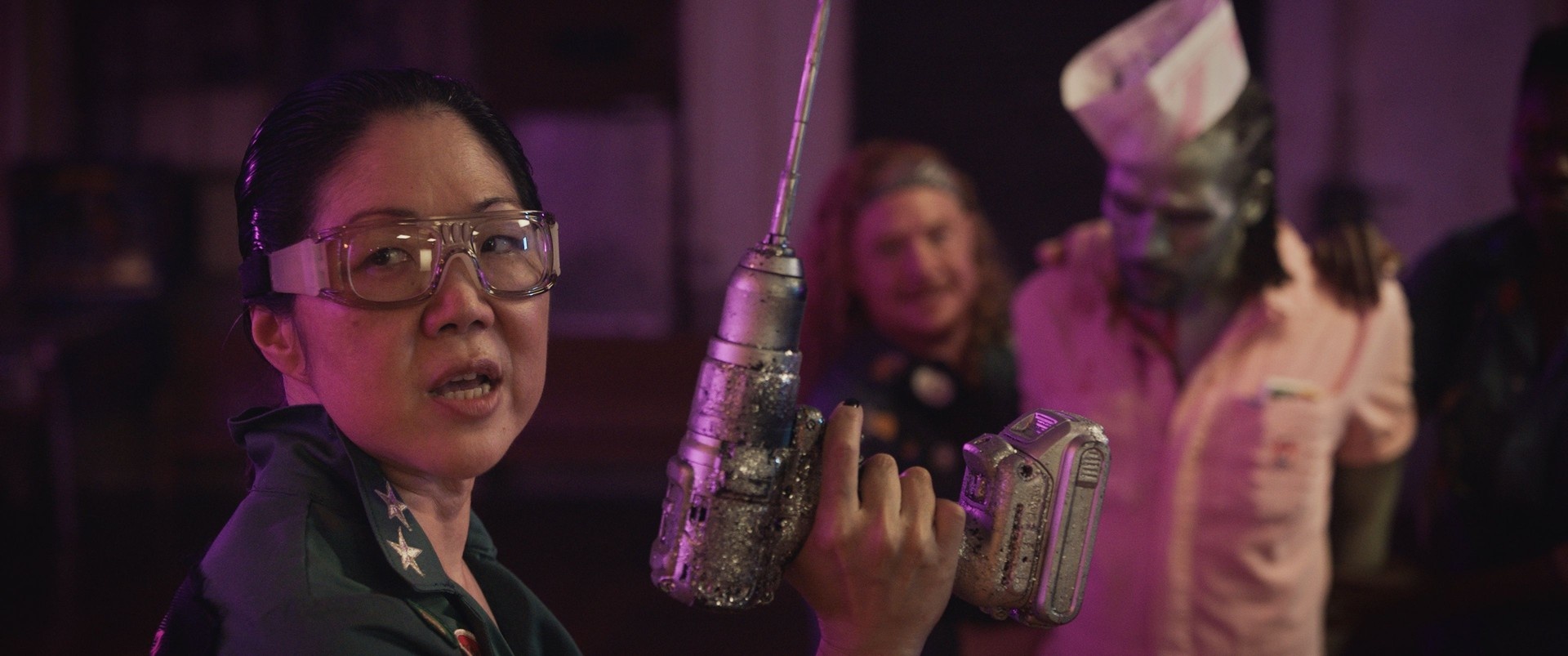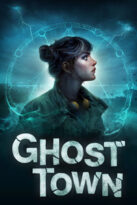George A. Romero’s Daughter Turns Zombies Into a Queer Political Wake-Up Call with Queens of the Dead
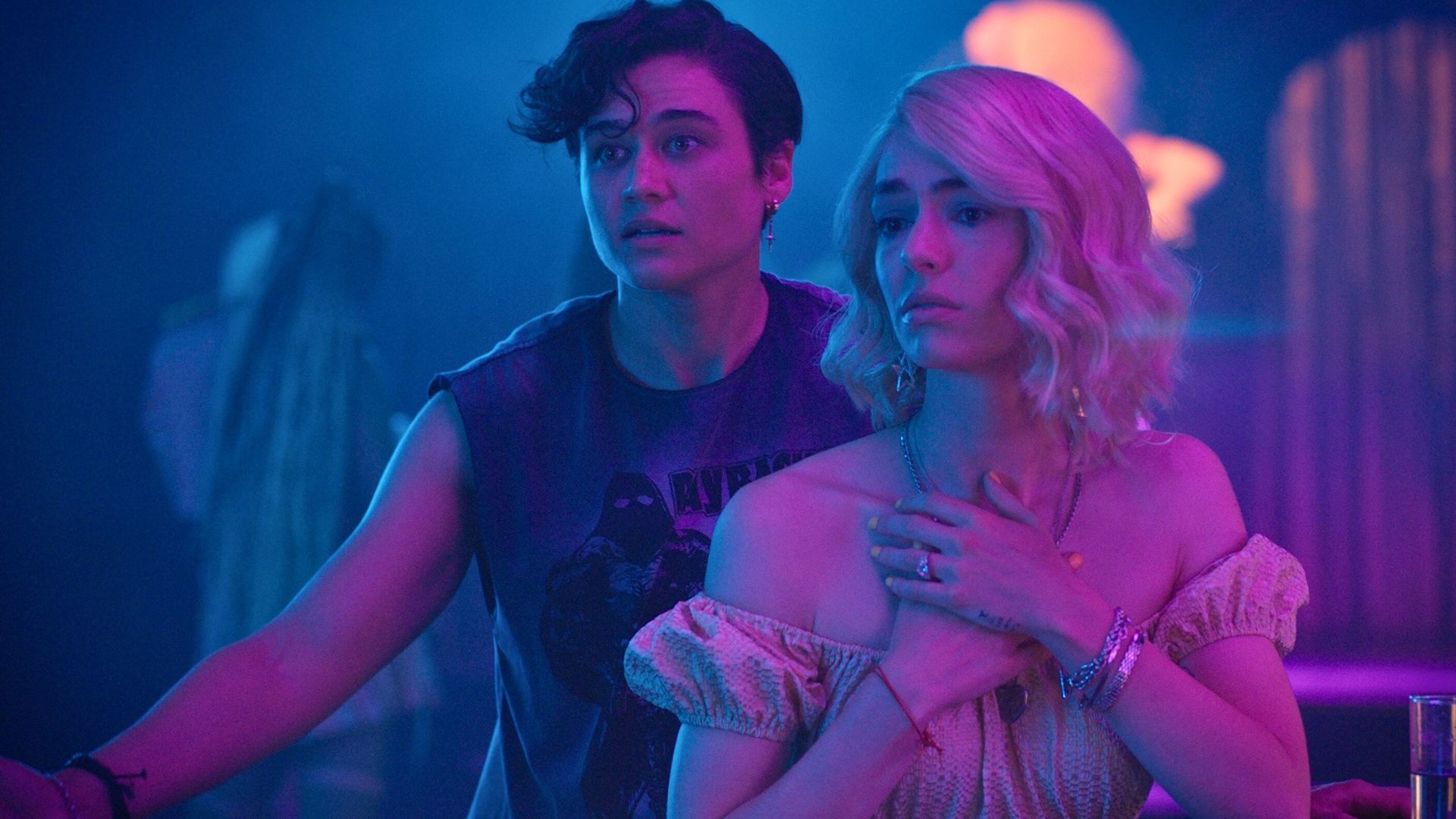
Tina Romero’s feature directorial debut, Queens of the Dead, is a queer horror-comedy about a group of club kids and misfits facing a zombie apocalypse. The film is written by Romero and Erin Judge, stars Jaquel Spivey, Katy O’Brian and Dominique Jackson, and is playing in theaters now.
- George A. Romero’s legacy
- Queens of the Dead — origins and themes
- Characters and conflict
- Tone and contrast with George A. Romero
- Distribution and release
George A. Romero’s legacy
George A. Romero is widely credited as a foundational figure in modern zombie cinema. His 1968 debut, Night of the Living Dead, depicted social tensions around race and authority, and later films such as Land of the Dead critiqued consumerism and class divisions. In coverage of his political approach to the genre, critics point to his habit of using zombies as social metaphors; for further context, see discussions of his charged political statements.
Queens of the Dead — origins and themes
Tina Romero has said the idea for the film came from her experience in New York City’s queer nightlife, and from a promoter’s question: “When will the queer community stop devouring its own?” According to Romero, she and co-writer Erin Judge prioritized character and social issues over pure comedy during the script’s development. She has described the project as addressing topics such as the opioid epidemic, device addiction, infighting within the queer community, and information overload during crisis.
Characters and conflict
The film’s central characters include Sam (played by Jaquel Spivey), a nurse who is reconciling a past as a drag performer; Dre (Katy O’Brian), a confident nightclub owner; and Yasmine (Dominique Jackson), a headlining performer who accepts higher-paying corporate gigs. In the story, Yasmine’s decision to perform at a branded corporate party called Glitter Bitch — promoting a club called Yum — creates tension when the apocalypse begins and survivors shelter in Dre’s club.
Romero has described the corporate gigs she encountered as well-funded but lacking the communal energy of DIY queer parties: “In my life as a DJ, I’ve done the queer parties and I’ve also done the brand parties,” she said. She contrasted the two types of events in terms of budget, atmosphere and participant engagement.
Tone and contrast with George A. Romero
While George A. Romero’s films often present bleak social commentary, Tina Romero’s film takes a different tonal approach. Queens of the Dead is a horror-comedy that uses humor alongside social critique. The film’s zombies ultimately serve to force the fractured queer group to confront their differences and, according to the filmmakers, to come back together.
Romero summarized her intention with a direct line about lineage and message: “I can’t be my dad’s kid without trying to say some shit.” She also highlighted an industry tension: “We want queer people to get paid. [Yasmine’s] going to make more money at the Glitter Bitch party, but it’s going to suck, and she’s going to be like a prop.”
Distribution and release
Queens of the Dead is being shown in theaters. The film’s creators and cast have discussed its themes and background in interviews, and reviews and reporting have noted its focus on community dynamics within queer nightlife. Historically, LGBTQ communities have relied on mutual support in moments of crisis; for background on community resilience, see this timeline of queer history and community organizing at Gladstone’s timeline.
